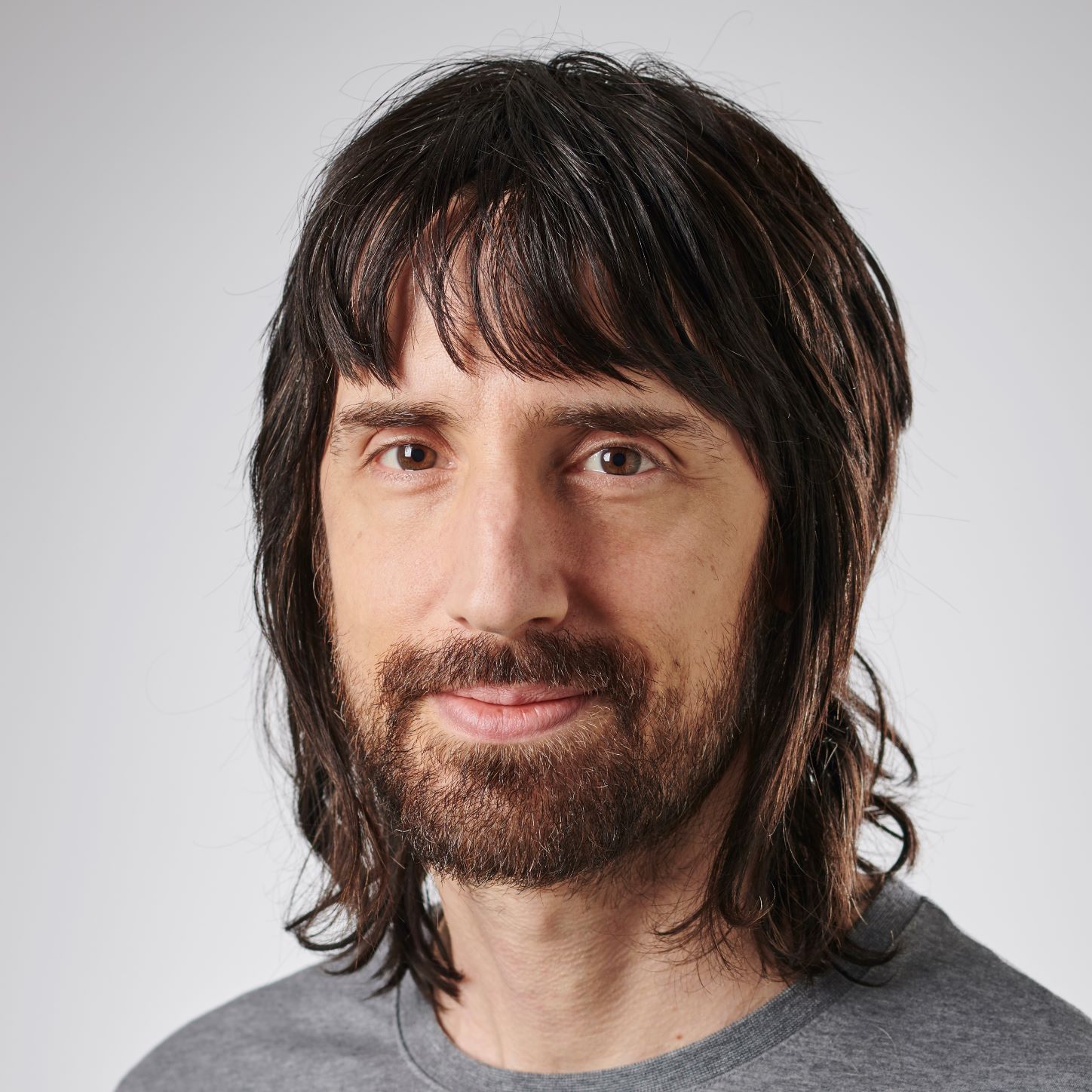Watch Radiohead’s stunning Paranoid Android BBC performance
As OK Computer celebrates its 25th anniversary, we take a look back at the band's monumental Jools Holland TV appearance
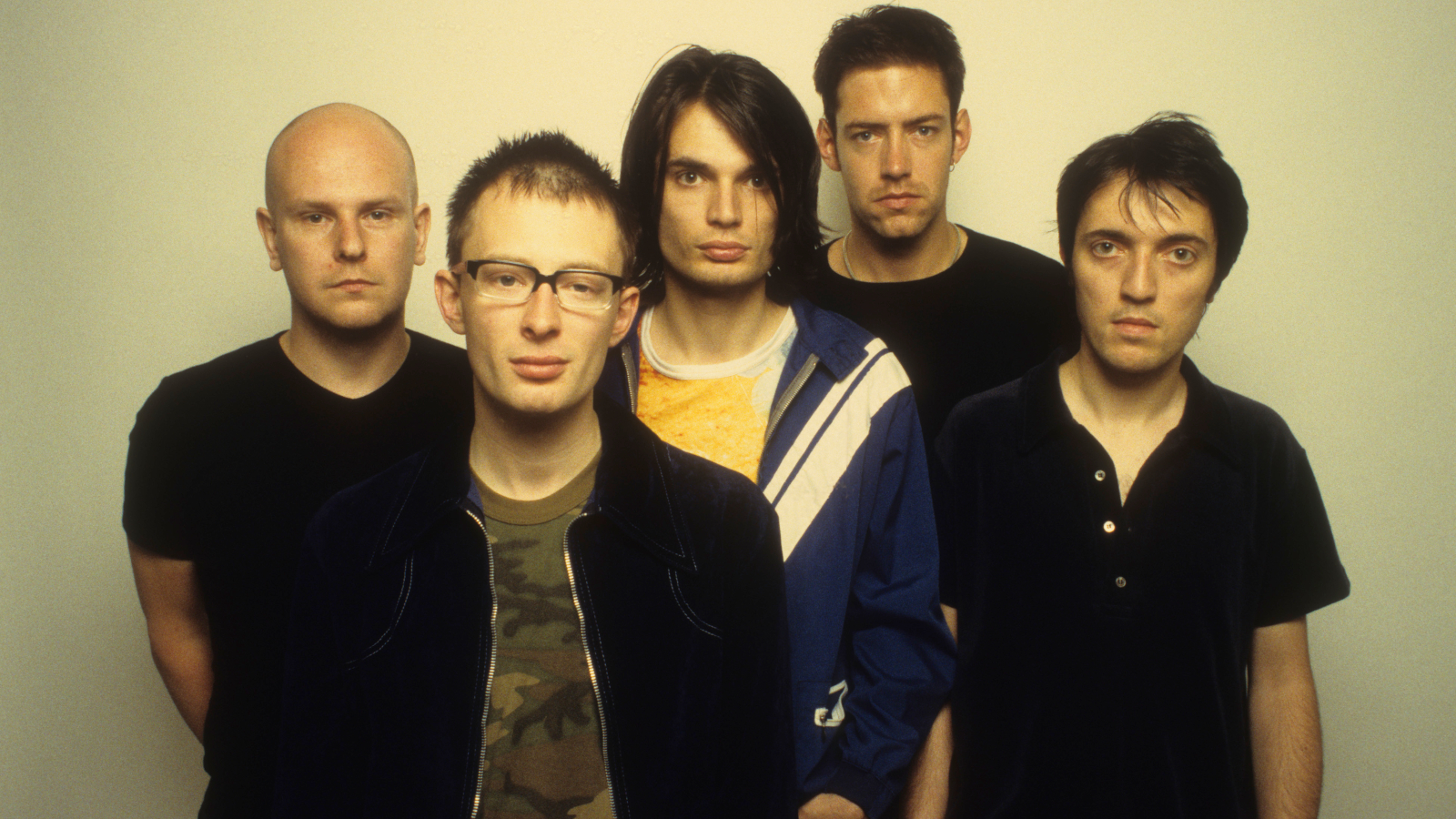
25 years ago, Radiohead’s genre-bending, era-defining OK Computer entered the UK Albums Chart at the number one position.
Winning a Grammy award for the Best Alternative Music Performance, the band’s third studio album remained in the top 40 for nigh on a year.
Progressive, dynamic and daring, OK Computer pushed the envelope of guitar music into uncharted territory and received a hero’s welcome from fans and musicians alike.
Self-produced with long-time collaborator Nigel Godrich, the album marked a stylistic turning point in Radiohead’s career as they continued to freely explore new sonic ground.
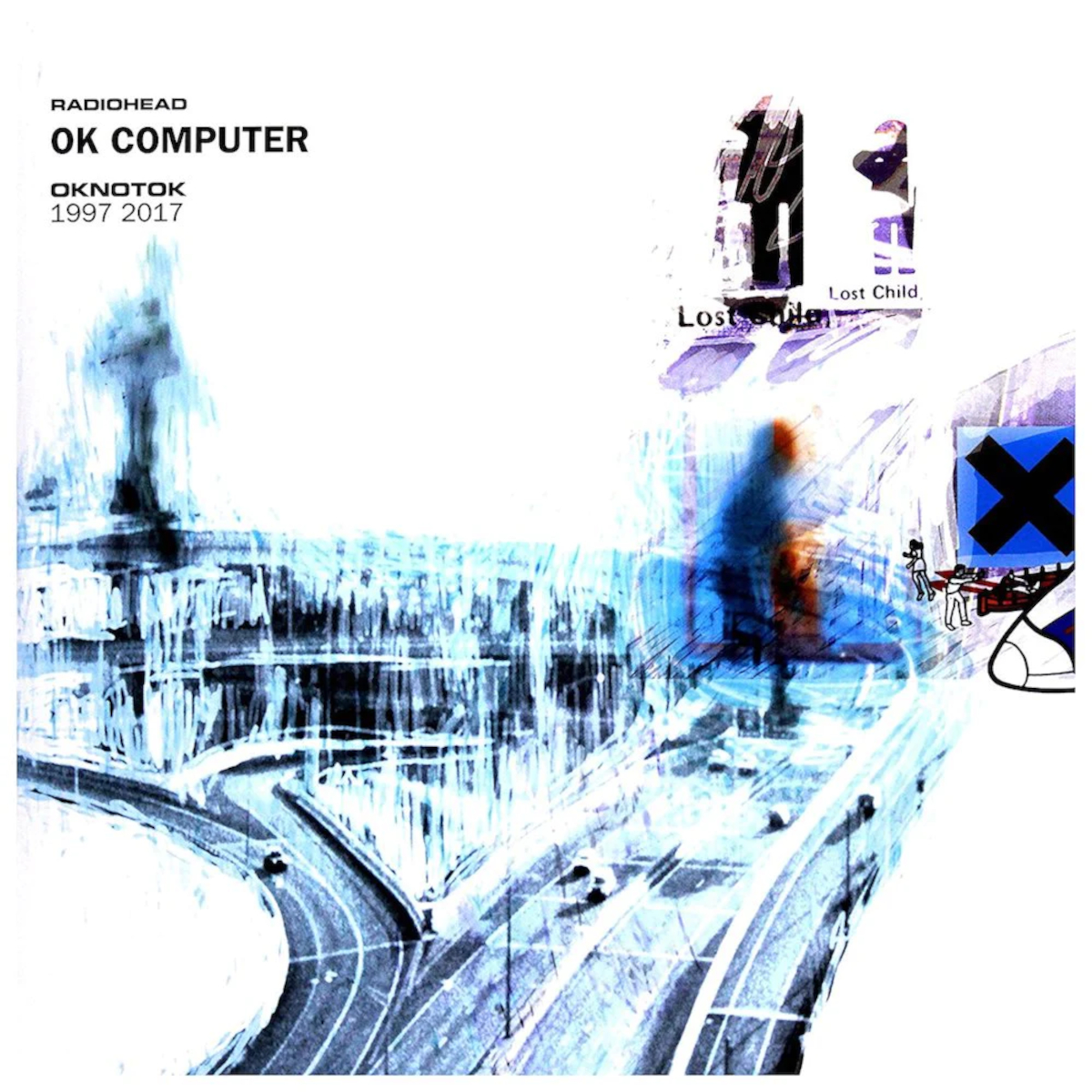
OK Computer’s lead single, Paranoid Android, scored Radiohead their highest charting single to date, reaching number three in the UK Singles Chart.
Clocking in at around six-and-a-half minutes, Paranoid Android is considered relatively lengthy for a single, although the original version was well over twice as long – courtesy of lead guitarist Jonny Greenwood’s Hammond organ solo.
A skilled multi-instrumentalist and composer, Greenwood’s organ odyssey was ultimately replaced by a series of unforgettable electric guitar parts, some of which are thought to have been processed using a rare Mutronics Mutator.
Get the MusicRadar Newsletter
Want all the hottest music and gear news, reviews, deals, features and more, direct to your inbox? Sign up here.
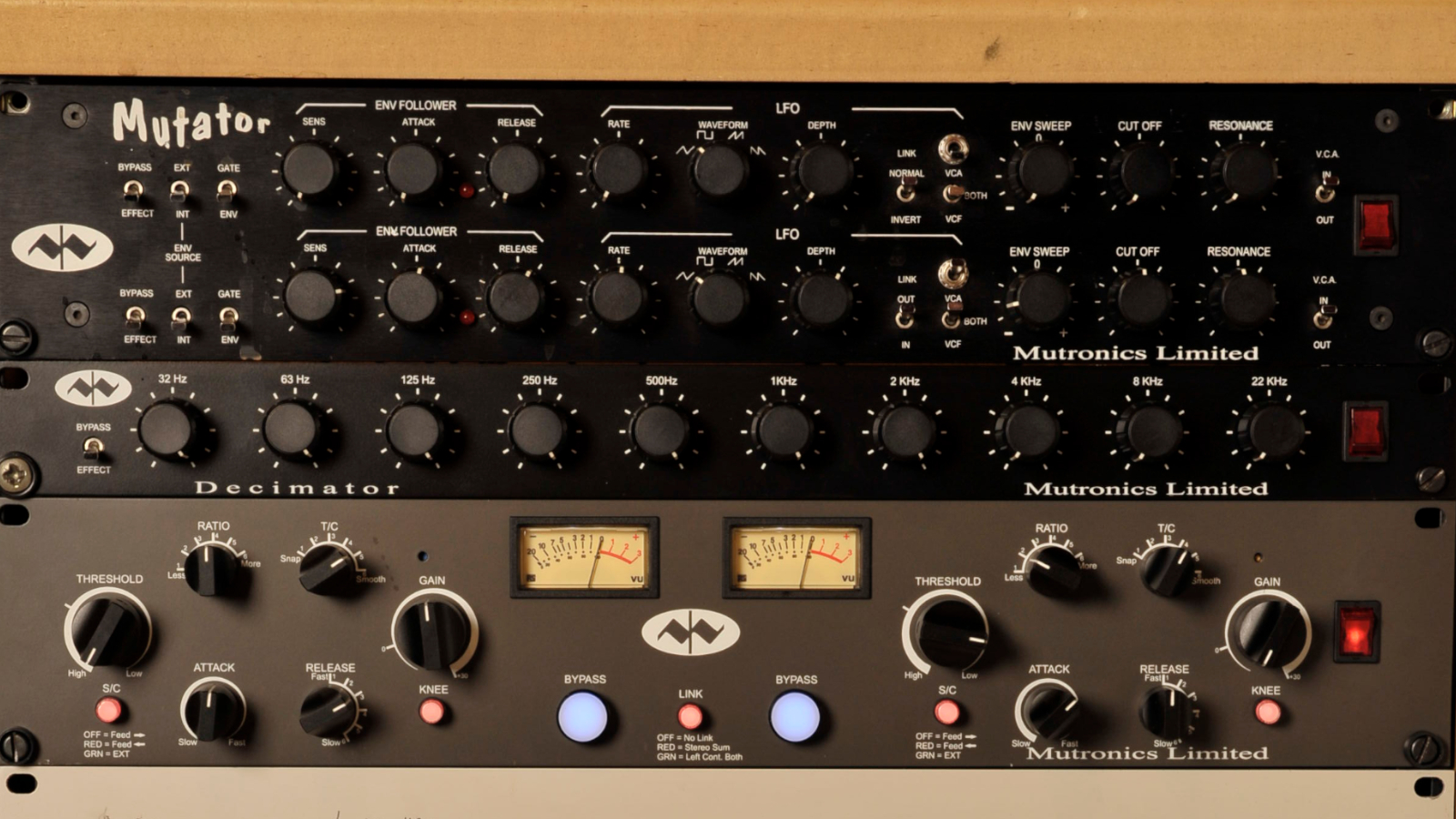
This highly inventive approach to guitar tone extended to Greenwood's pedalboard where he was able to produce a wide spectrum of unique sounds from dreamy lysergic delays to angular assaults of distortion.
According to the excellent Radiohead gear site thekingofgear.com, Greenwood’s 1997/1998 OK Computer tour rig comprised an Electro-Harmonix Small Stone phaser, Demeter Tremulator tremolo, DOD Envelope Filter 440, DigiTech WH-1 Whammy Pedal and Boss LS-2 Line Selector.
It is believed the LS-2 split the signal to a Vox AC30 tube amp (via a Boss SD-1 Super Overdrive, Boss RV-3 Digital Reverb/Delay and Roland RE-201 Space Echo tape echo/spring reverb unit) and a Fender Eighty-Five solid state guitar amp (via a Marshall Shred Master distortion in front of a Boss FV-300H volume pedal).
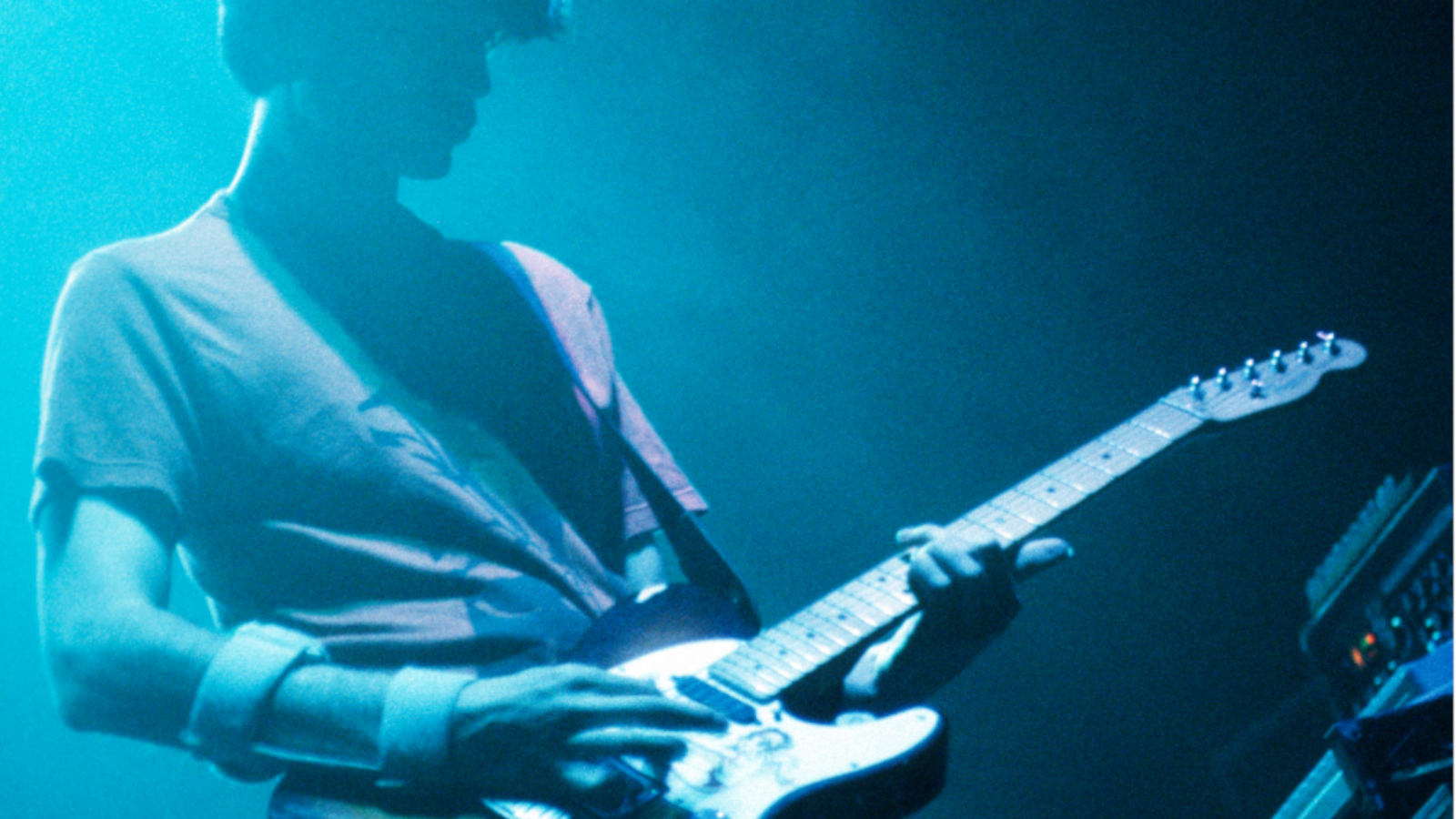
In 1995, Greenwood’s original Fender Telecaster Plus guitars were stolen, prompting him to acquire a replacement sunburst model, as featured in the clip below.
Sporting stock Lace Sensor pickups – comprising a Dually Red-Red humbucker and Blue single coil in the bridge and neck positions, respectively – this guitar was rewired with an Apem 300 series pushbutton switch that momentarily cuts the signal.
The addition of this kill switch enabled Greenwood to create the stuttering effects heard during live renditions of OK Computer songs such as Airbag, Electioneering and Paranoid Android.
Browse the Radiohead catalogue here.
Rod Brakes is a music journalist with an expertise in guitars. Having spent many years at the coalface as a guitar dealer and tech, Rod's more recent work as a writer covering artists, industry pros and gear includes contributions for leading publications and websites such as Guitarist, Total Guitar, Guitar World, Guitar Player and MusicRadar in addition to specialist music books, blogs and social media. He is also a lifelong musician.
“A pedal that sings with harmonic richness and blooming touch response”: Tone King offers up boutique tube amp tones for your pedalboard with the Imperial Preamp
“Each and every unit is perfectly dialled in to the 'sweet spot' that can be so elusive to find in vintage pedals”: Pigtronix’s Gas Giant is a high-gain fuzz pedal with a FET-driven onboard noise gate
